Sometimes when buying a mattress you should think about how to care for it. A great option would be to use mattress pads. This article tells you how to sew a fitted sheet with your own hands and what you need for this.
Advantages and disadvantages
The main advantages of fitted sheets.
This product with elastic is undoubtedly comfortable and useful in the household. Its main task is to create favorable conditions during sleep. Due to the elastic band, the fabric is firmly attached and does not move on the surface of the mattress. Such products are well suited for children, as they constantly spend time on the bed. The baby often tosses and turns in his sleep, and such a sheet will not allow folds to appear that can interfere with a comfortable sleep.
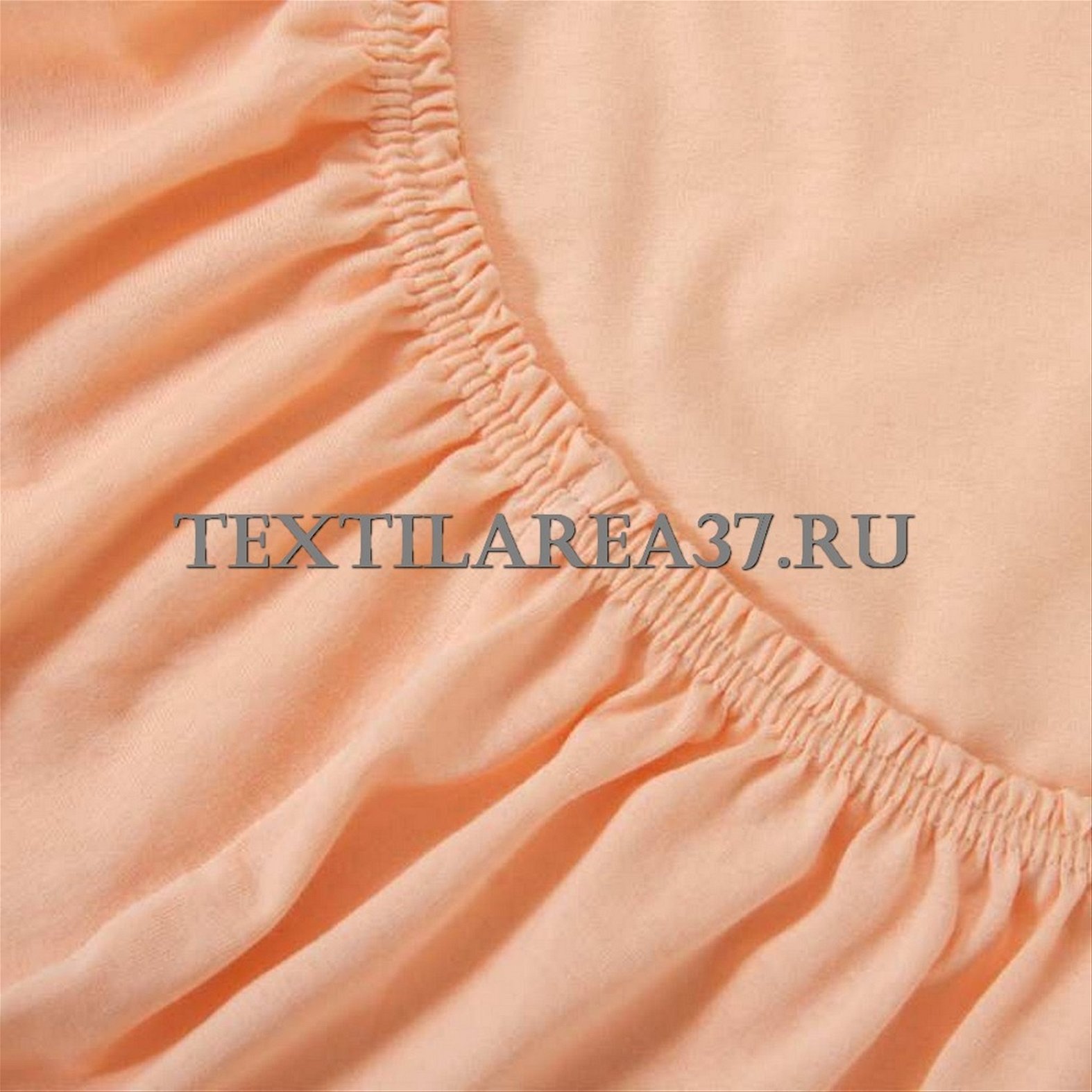
Another positive aspect is that the sheet is made strictly according to the mattress size, and therefore will fit tightly to the surface. If people do not like such products, then you can use a cotton mattress pad. But there are also negative aspects of such products, for example, sheets are difficult to care for.
Many people are wary of ironing and washing such a product. It is quite easy to solve the problem with ironing, you need to turn the product with the corners outward, fold them together and carefully iron, it is recommended to do this in a delicate mode, so that folds are almost not formed.
There is an easy method for ironing a sheet. You just need to pull the product onto the mattress and iron it in this form, then the sheet remains on the mattress or is carefully put away in the closet.
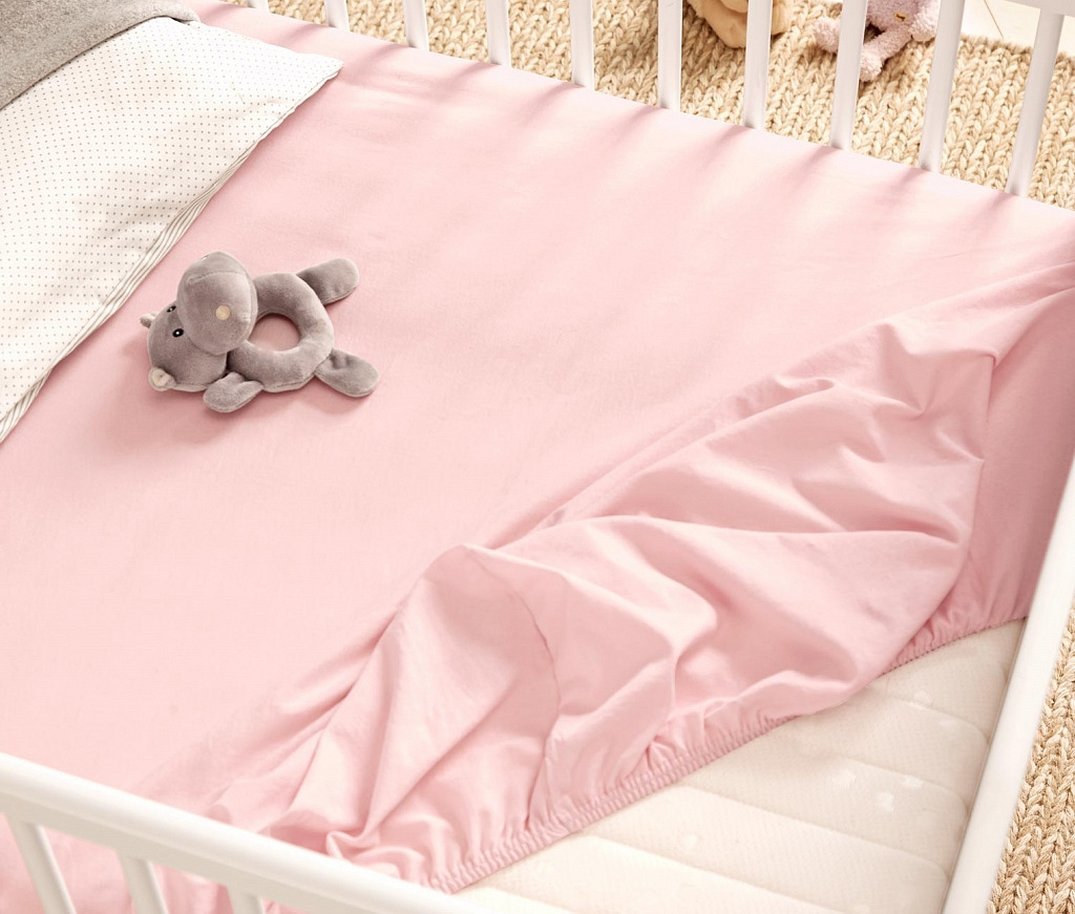
Washing sheets is not particularly difficult. It is advisable to use softening liquid powders and conditioners. Because of this, the elastic will be more wear-resistant. After washing, you need to check if there are any small items (socks, underwear) left inside the sheet, since it has a property when items fall through the hole. If you learn how to wash a sheet correctly, then all the disadvantages will not be so fatal.
Please note! Sleeping on this product will be more comfortable and easy. You should also remember that having a sheet with elastic increases the service life of the mattress, it gets dirty less.
Selection and preparation of fabric
Since the body is constantly in contact with the sheet during sleep, it is highly recommended to buy only natural fabrics that do not cause allergies. The leading materials for sheets are:
- cotton;
- chintz;
- silk.
They are characterized by high hygroscopicity, wear resistance and ease of maintenance.
The fabric has unique properties and has a beneficial effect on human skin. Due to the airy structure, air circulates perfectly in the fabric. Therefore, even on hot summer days, the sheet will be cool and will not stick to the body. These fabrics can be purchased at any textile store. They are also easy to sew both by hand and by machine.
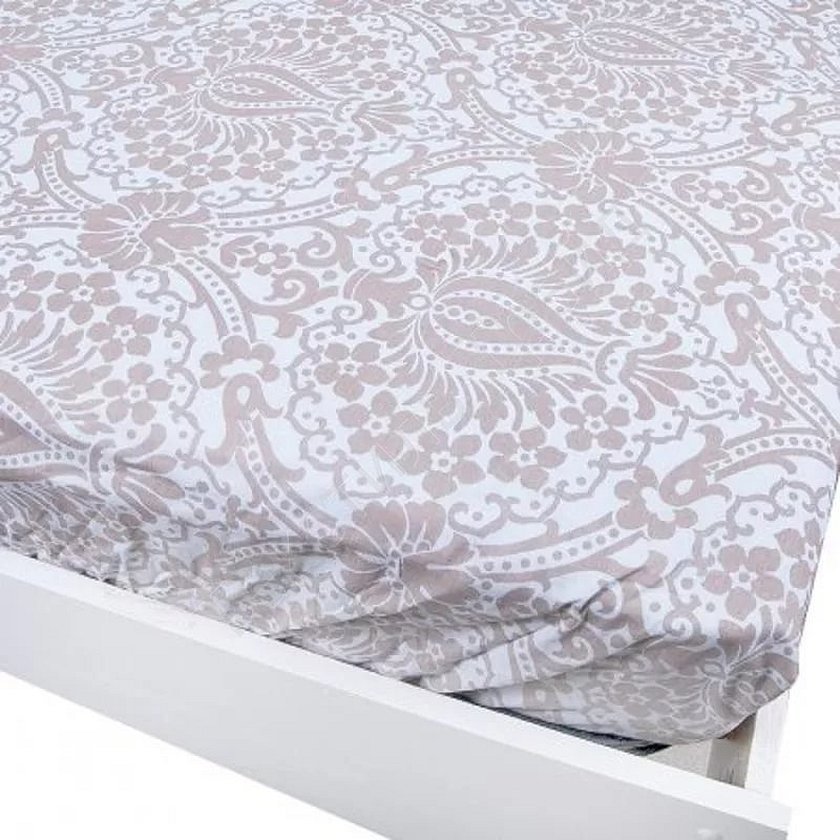
Main types of fabrics:
- poplin. This material appeared in Italy in the 14th century, and even then bed linen sets were made. The Pope used only poplin sheets. The material is made by twisting thin and thick yarn. As a result, the material becomes soft on the front side, but strong on the inside. Poplin is made both on a cotton base and with the addition of wool;
- batiste. Light and airy fabric. Due to its low strength, it is not suitable for everyday use. The fabric is expensive, but it can withstand no more than 25 washes, and then loses its properties;
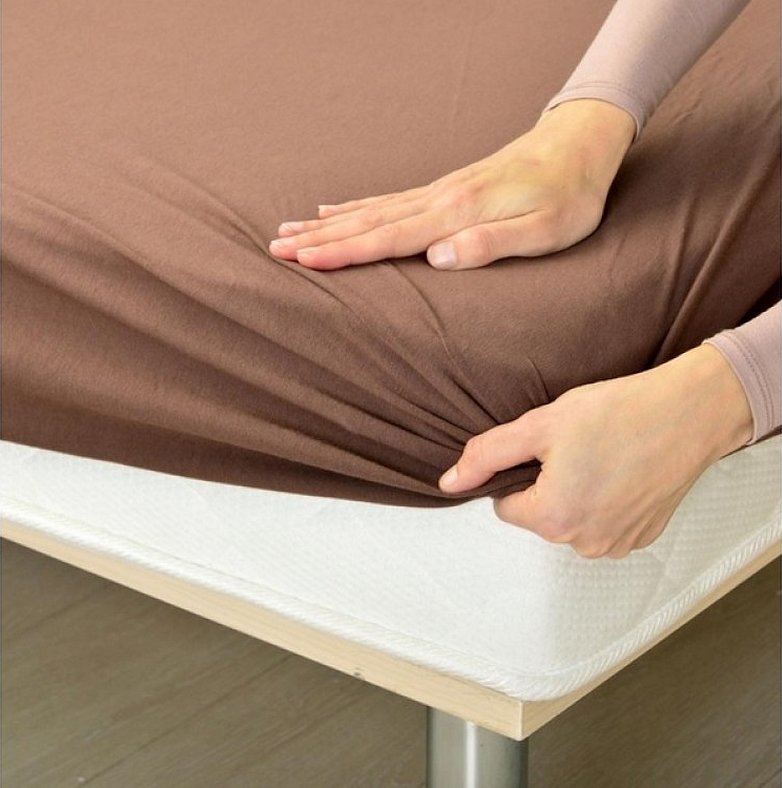
- cotton jersey. This type of material has many types. They differ in the way the yarn is processed and the weaving technology. The main difference is that the fabric is not made by weaving, but by knitting. By bending around each other, the loops form an elastic material.
Sewing threads
Before purchasing threads, you need to understand what task they will be used for. Based on the purpose, yarn is divided into several types
- for stitching;
- embroidery;
- overlock stitch;
- decorative seam;
- processing of sections.
These types differ in composition, density and length. For sheets with elastic, it is better to use threads for sewing and processing.

Elastic band for underwear
The quality of the elastic determines its performance properties after numerous washes. The latex thread that is part of the elastic gives the sheet strength and stretchability. For a standard bed size, about 4 meters of elastic are needed.
Attention! To reduce fabric consumption, a wide elastic band up to 4 cm is inserted along the edge of the product. In this case, there is no need to create wide allowances for folding. And the service life is also increased, because the thin elastic band stretches faster.
Choice of form
To create a standard size sheet 160x200 cm, it is advisable to choose cotton or linen fabric.

Linen is a fairly dense fabric that can withstand a large number of washes. It absorbs moisture and allows air to circulate. Linen and cotton do not accumulate static electricity, do not cause skin irritation or itching.
Of the cotton materials, the most popular will be calico and satin. They are perfect for any season and will be the most wear-resistant, have a high level of thermal conductivity.
To choose the right size, you first need to take the exact marks on the mattress. Usually there is a plate on the side of the product that states:
- the first line indicates the length of the mattress;
- the second one, respectively, is the width;
- third height of the product.

The sheet can be made oval or round, it all depends on the mattress itself. Rectangular types are mainly for adults. Standard sizes of mattress pads for a double or single bed:
- 160×200;
- 180×200;
- 140×200;
- 90×180;
- 90×200.
Euro sizes are not difficult to make, but it will take a little more time. Knitwear items are quite good - they are elastic and pleasant to the body. They keep their shape after numerous washes. And they do not need to be ironed, this is a special plus.
Calculation
To calculate the required amount of material for making a product with elastic, you need to determine the parameters of the mattress. If a bed with a mattress, for example, has a size of 122x62 cm, and the height of the product is 13 cm, then the calculation should be done in this way:
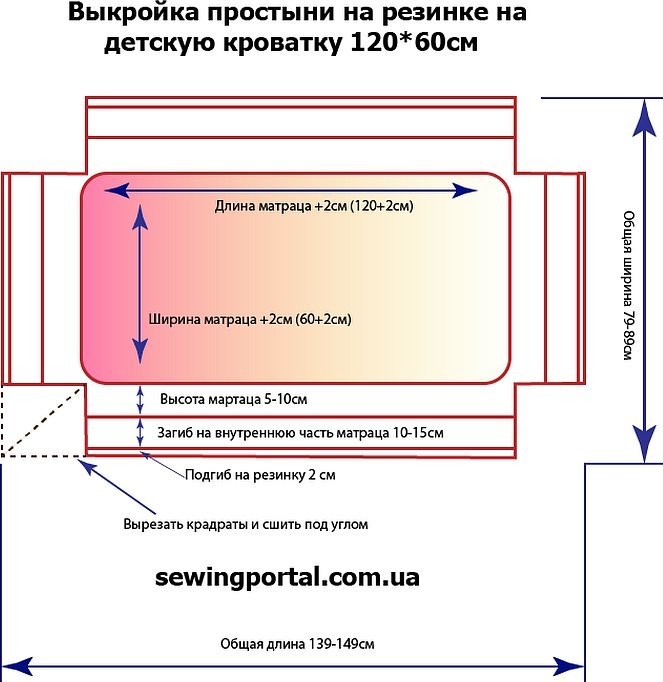
Add 13 cm (height of the product) to the values 122 and 62. In this case, the value will be 135×75 cm. To insert the elastic band, you will need some fabric, about 4 cm on each side. It turns out that you will need 139×79 cm of fabric.
Creating a pattern
To cut fabrics correctly, you need to make a drawing, otherwise you can accidentally cut off too much from the sheet.
On a sheet of Whatman paper, using a ruler and a triangle, you need to draw a diagram at a scale of 1:3, adding the height of the mattress to the drawing. Next, make a sketch out of paper (A4 or Whatman paper) using the finished dimensions. Place the finished drawing on the straightened material (it is better to place the fabric on a flat surface).
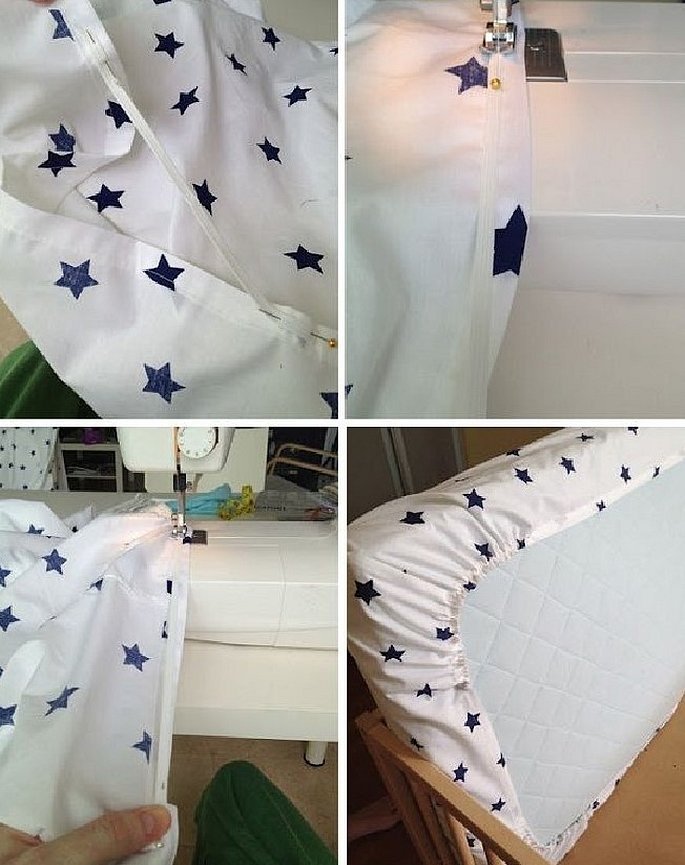
It is important to remember that cotton fabrics shrink. Therefore, you should either sew with a margin or wash the fabric before work.
The drawing will be made on the material itself, so it needs to be ironed before work. Add 10-12 cm on each side, this is necessary for the mattress facing, and you also need to take into account a small amount of material for the elastic.
The drawing must completely fit the mattress without errors. Sometimes for various reasons it is necessary to build up the material, this should be done at the top, in this case the seam will be under the pillows. It is advisable to remember:
- there is no point in doing heavy bending, you can quickly get confused;
- the thicker the rubber band, the higher the safety margin it will have;
- the corners of the finished rectangle need to be rounded, so each edge needs to be folded by 1 cm, it is also advisable to iron it well;
- a 3 cm allowance is made and the seam is stitched.
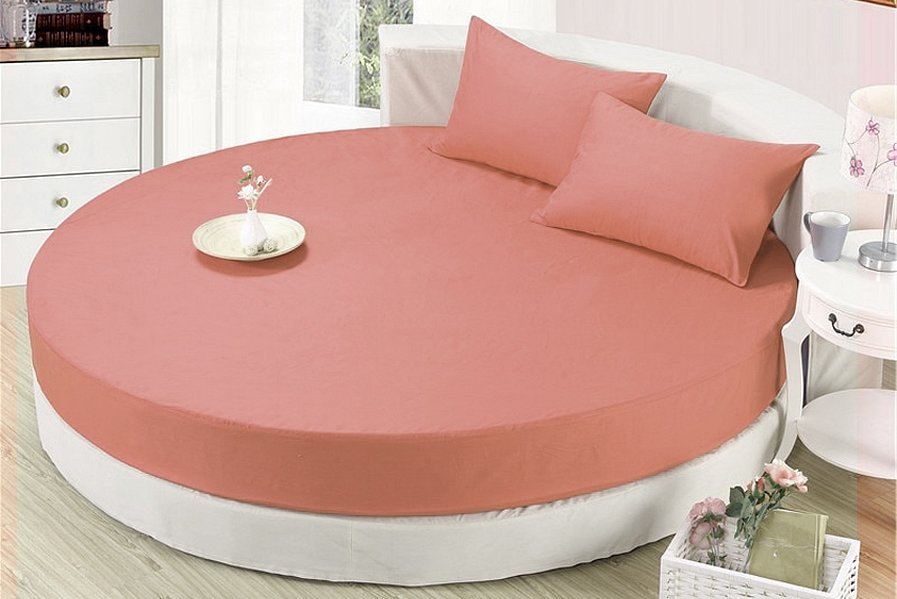
It is necessary to remember about the presence of a small gap in the stitching of the seam, where the elastic band will be sewn in. A needle is fixed in the tape and inserted into the drawstring, pulling the elastic band along all edges of the product. The two ends of the tape are then sewn together or each separately.
Manufacturing of the product
A piece of material is usually taken 2x1 m. If this size is not enough, then one sheet can be sewn from two old items. It is best to use hypoallergenic fabrics.
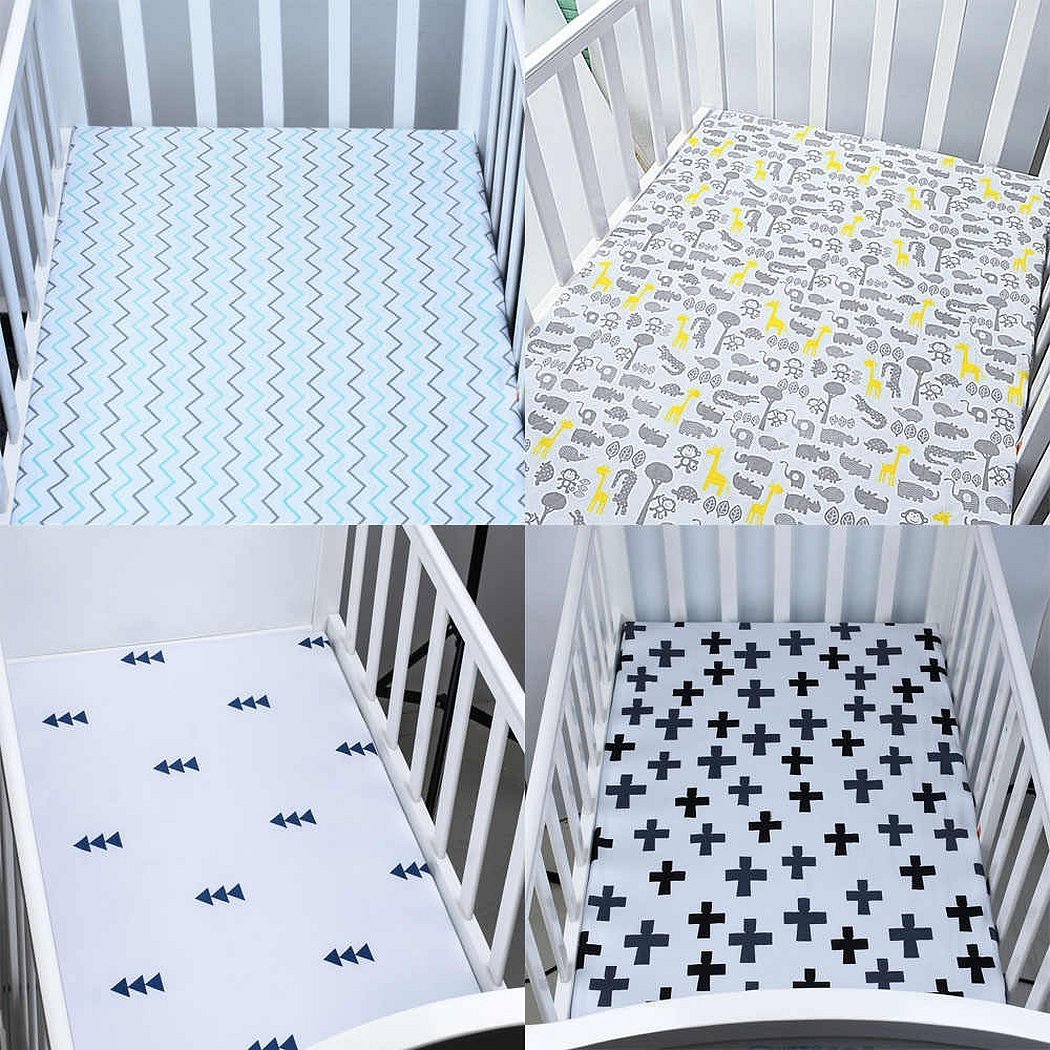
There are also fabrics made of linen, cotton, PVC yarn. Flannel and jersey have become very popular, they are soft and pleasant to the body. In winter, products made of such materials are more suitable. Their advantage is that they stretch well. There is no need to perform difficult calculations taking into account shrinkage allowances, because of them there are often errors in sizes.
Attention! Classic natural material cannot be without shrinkage, so it is better to take 10 cm as a reserve.
After completing all the necessary calculations, the sheet is fixed at the corner points. It is necessary to measure everything again precisely, writing down all the indicators. If there is almost no error, then the sheet will last quite a long time. If no problems arise, then work is done with two seams at all corners. Such a cover will protect the mattress not only from dirt, but also from deformation.
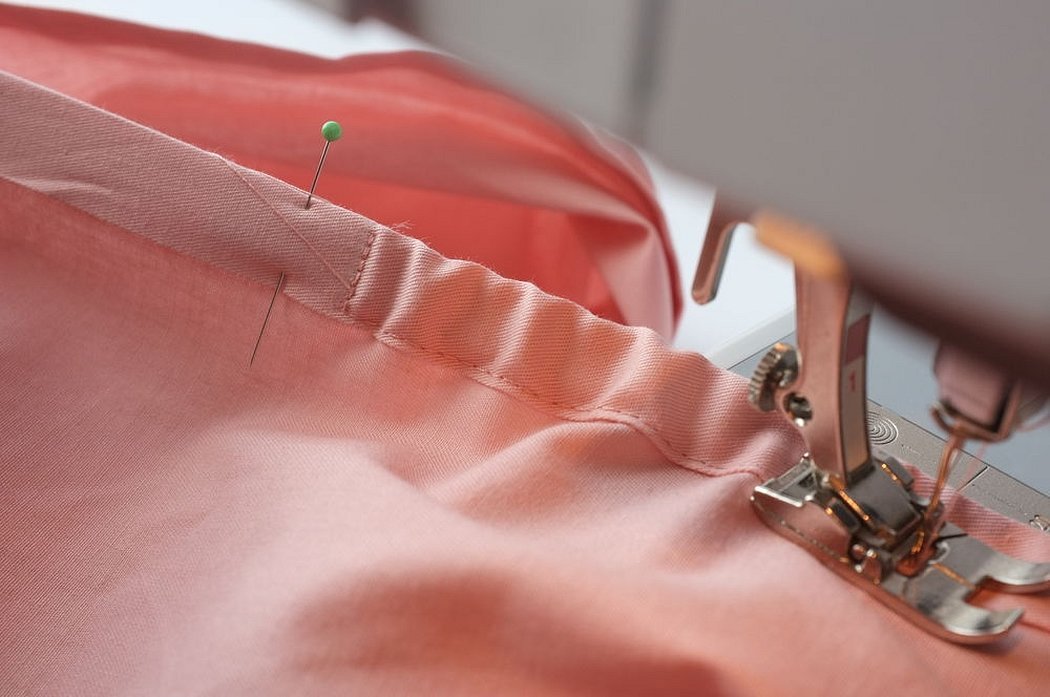
How to sew elastic to a sheet
There are two methods to sew elastic to a sheet:
- in the first method, the edges of the fabric are folded along the entire perimeter, and an elastic band needs to be sewn into the outer edge;
- the second method involves bending the fabric around the entire perimeter, forming a seam, which experienced craftswomen call a drawstring. Then an elastic band is inserted, the ends of which are tightly fixed.
Ironing such a sheet is a difficult and labor-intensive task, so sometimes professionals use the third method of sewing in elastic. It needs to be secured only at the corners, so 22 centimeters will be aligned for each corner, that is, approximately 85-90 cm of tape will be needed. The fabric is also folded by ironing, the material in the corner is sewn up.
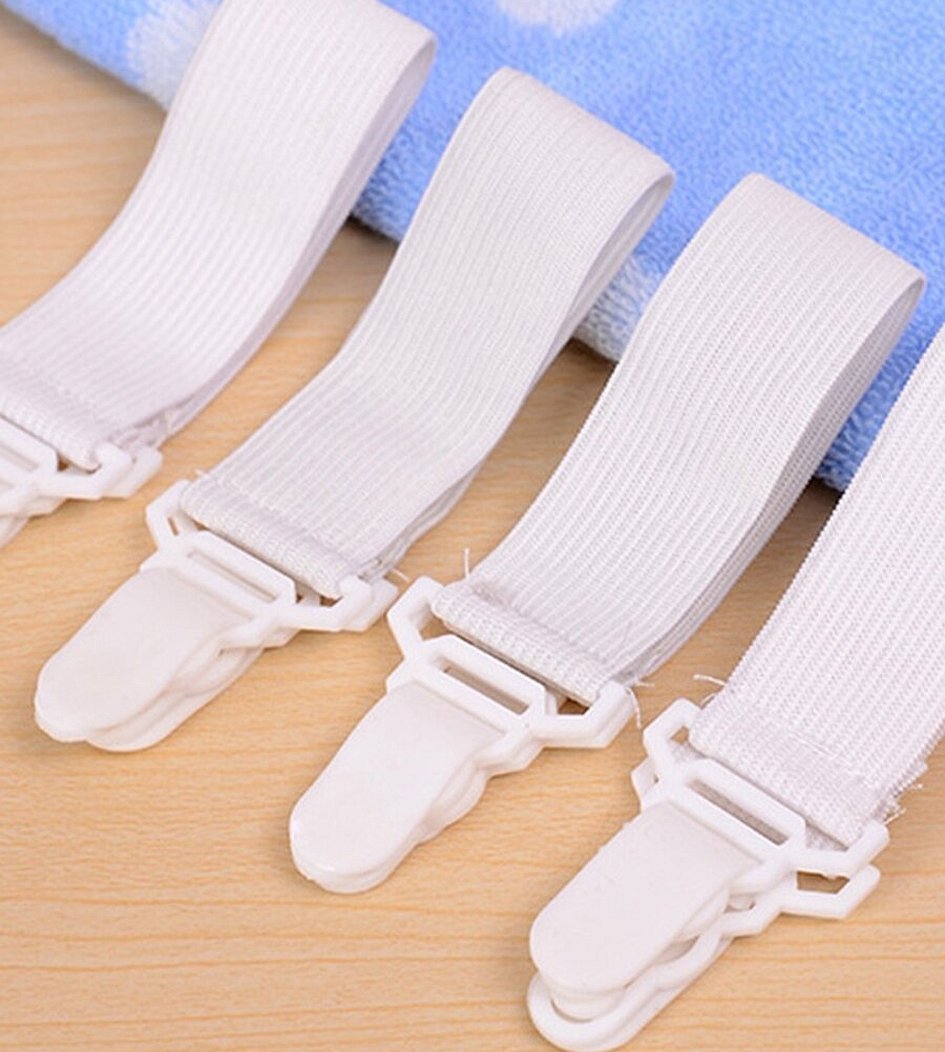
Then all corners are sewn on the machine. The work takes no more than two hours. The last method is to use a clasp, they are fixed in the corner points of the product. Clasps are called tapes with a high coefficient of stretch. For high reliability and strength, sometimes a transverse tape is also used. In the last two methods, the bend of the sheet can be reduced by 5 cm.
Thus, sewing a mattress sheet is quite simple. Even a novice needlewoman can handle the job. But before sewing, it is better to watch several master classes on the Internet.




